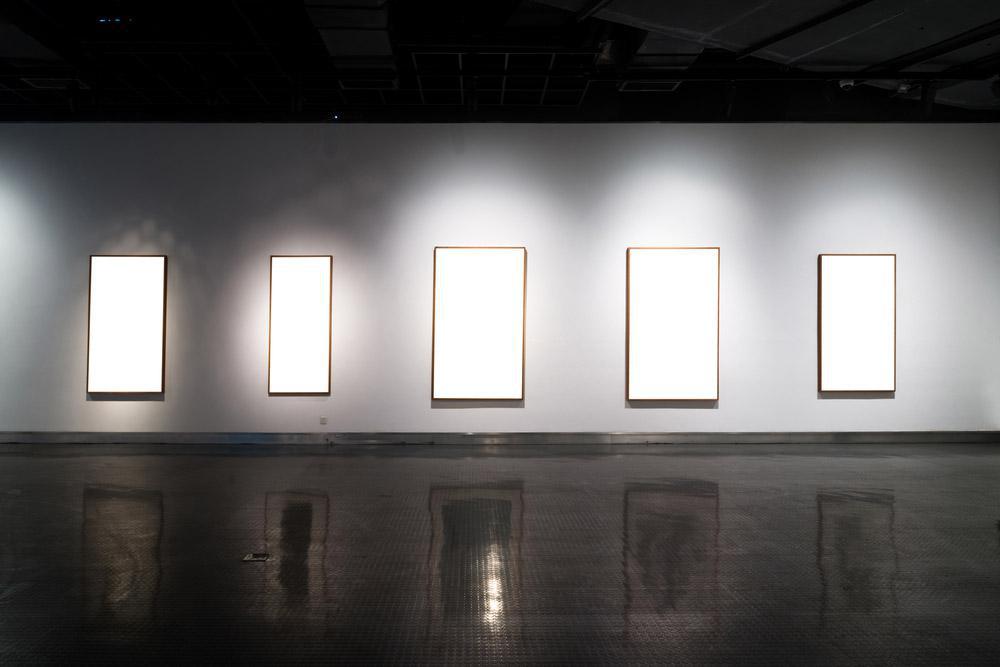Whether it’s the theft of eight antique gold pocket watches at Victoria’s Royal BC Museum earlier this month, the disappearance of a religious statue outside a Toronto church in December, or the stealing of $50,000 worth of art and prints from a new Montreal gallery in November, the theft of art and cultural artifacts—and their recovery—is a growing concern for many in Canada. Recently, Mark Starling—president of Canadian art-shipping company PACART and chair of the International Convention of Exhibition and Fine Art Transporters—spoke at a UN conference in Italy about the $6-billion world of international cultural-property trafficking and its prevention. Here are five ways he thinks Canada can fight art theft and fraud in the future.
1. Be aware that Canada has the potential to be a pipeline for illicit goods.
While Starling says that Canada does “a pretty good job” on many cultural-preservation fronts, he is also concerned about lax export controls of potentially illicit items—stolen art included. “I think Canada is really a fairly easy pipeline for the movement of illicit goods,” Starling says. “From a transportation point of view… the biggest concern [globally and at home] is that things now move very, very quickly. You could send a million-dollar Monet around the world twice in a month without it being detected.” For shipping companies like PACART, he says, the challenge is that “oftentimes, we don’t know what we’re shipping; we don’t know if it’s what [the shipping label] says it is.” The result is a major challenge for border officers and law enforcement.
2. Form an RCMP squad (or other national entity) dedicated to solving thefts of artworks and cultural-heritage items.
Compared to countries like Italy—whose Carabiniere art squad was the first such specialist police force in the world in 1969—or the United States, which is home to a 14-member FBI Art Crime Team, “we have a very poor and probably nonexistent presence in law enforcement,” Starling says. There is a small and dedicated art-crimes team in Quebec’s provincial police force that sends out regular art-theft alerts, and it has agreements with the RCMP, Interpol and the Canada Border Services Agency to help out nationally and internationally as is possible, but it is not a national entity. “I don’t think the trade in art and antiquities is very high on the radar [of the RCMP and Border Services] but I think with the number of people out there we could develop a small team,” Starling says. “So if something odd comes across a customs inspector’s desk, they know to just fire off a note to this team who are going to look at this a little more closely.” Such a team, Starling says, could also provide much-needed cultural-objects training to customs officers.
3. Create an open-source database of all artworks and cultural items stolen in Canada.
Another thing law enforcement could work on in conjuction with entities like Canadian Heritage, Starling says, is a broad, open-source database of cultural items stolen in Canada. “We have lots of databases we can search; some you pay to be a member of, some are government-specific,” Starling says, “but we need somewhere to put all this together.” Again, this is something that exists in Italy via the Carabiniere and in the US via the FBI, but does not exist in Canada. (There is also an international for-profit business, Art Loss Register, that has helped in resolving some cases, but it also has some controversial practices.)
4. Encourage auction houses and commercial galleries to trace provenance to the fullest extent possible.
The issue of illegal art trafficking, Starling says, “really boils down to ownership of the piece and its provenance.” This means, he notes, that “auction houses and antique dealers and any gallery selling the work has to be able to provide clear title.” Some of the most notable auction houses in the world have suffered from missteps on this front, he notes. In December, Sotheby’s agreed to return a 10th-century sandstone statue originally pillaged from Cambodia; a similar piece is owned by California’s Norton Simon Museum and may also be returned to its home nation. “I think really there needs to be more transparency in the worldwide art market,” Starling says—a reversal of the current “cloak and dagger” state of anonymous sellers and anonymous buyers that (wittingly or unwittingly) enables trade in stolen items.
5. When collecting—whether personally or institutionally—take a buyer-beware approach.
In an environment where there is little policing and even less transparency, “we find more and more that the onus on the collector” to prevent illegal art trafficking and fraud, Starling says. Bad-faith sellers like Manhattan’s Subhash Kapoor, for instance, likely made up provenances for stolen Indian antiquities that were never checked properly, even by reputable museums like the National Gallery of Australia. “Museums need to be the paragon of legitimacy in collecting items,” Starling says. “They have to get it out of their mindset that ‘we want this item for our collection because it is so important’—unless they are absolutely sure that the provenance is clean.” On the individual-collector level, it’s worth noting that even experienced collectors like Toronto’s David Mirvish—himself once a dealer—was fooled into buying fake Jackson Pollocks promoted by indicted US gallerist Glafira Rosales, so it’s always worth being cautious. “A seller can tell you what they think [provenance] is,” Starling says. “But just because it is in an auction catalogue doesn’t make it true.”

 Some experts say Canada needs a national art-crimes team to fight the theft and illegal trafficking of cultural-heritage items. Photo illlustration: Shutterstock.
Some experts say Canada needs a national art-crimes team to fight the theft and illegal trafficking of cultural-heritage items. Photo illlustration: Shutterstock.







